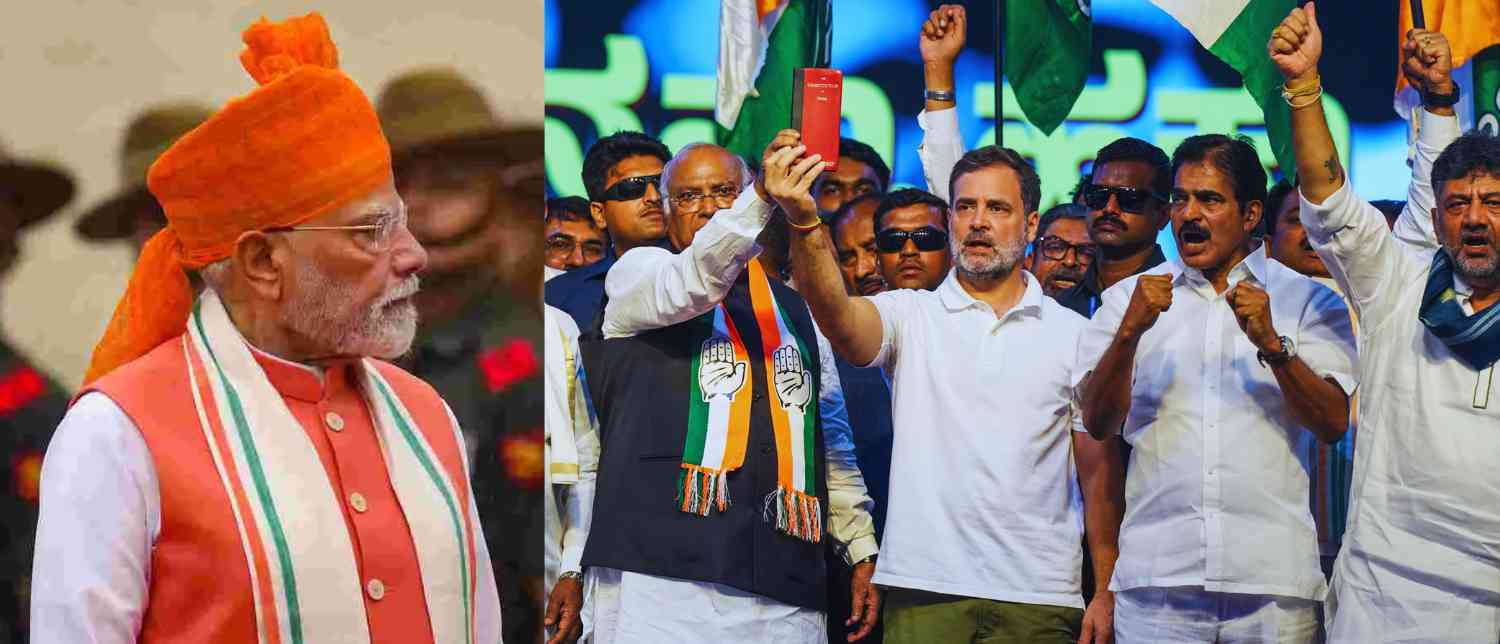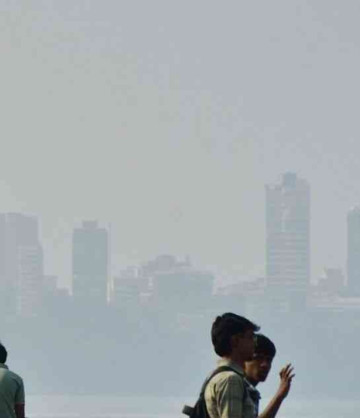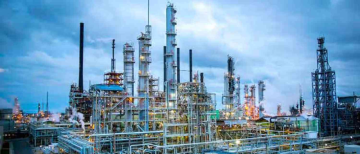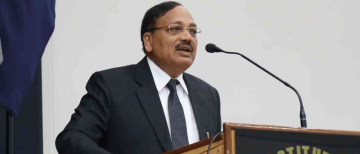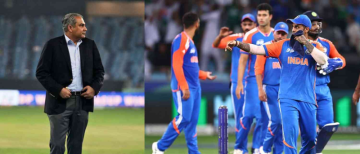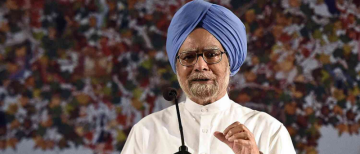Prime Minister Narendra Modi’s Independence Day speech in 2025 was a defining moment for India’s political and economic trajectory. Delivered from the iconic Red Fort, this address was notable for its length, depth, and the range of reforms announced, which collectively provide a vision for India’s future growth, security, and governance. The significance of this speech extends beyond the ceremonial; it reflects the government’s strategic response to the complex and shifting political landscape marked by diverse challenges from opposition groups and broader socio-economic dynamics across the country.
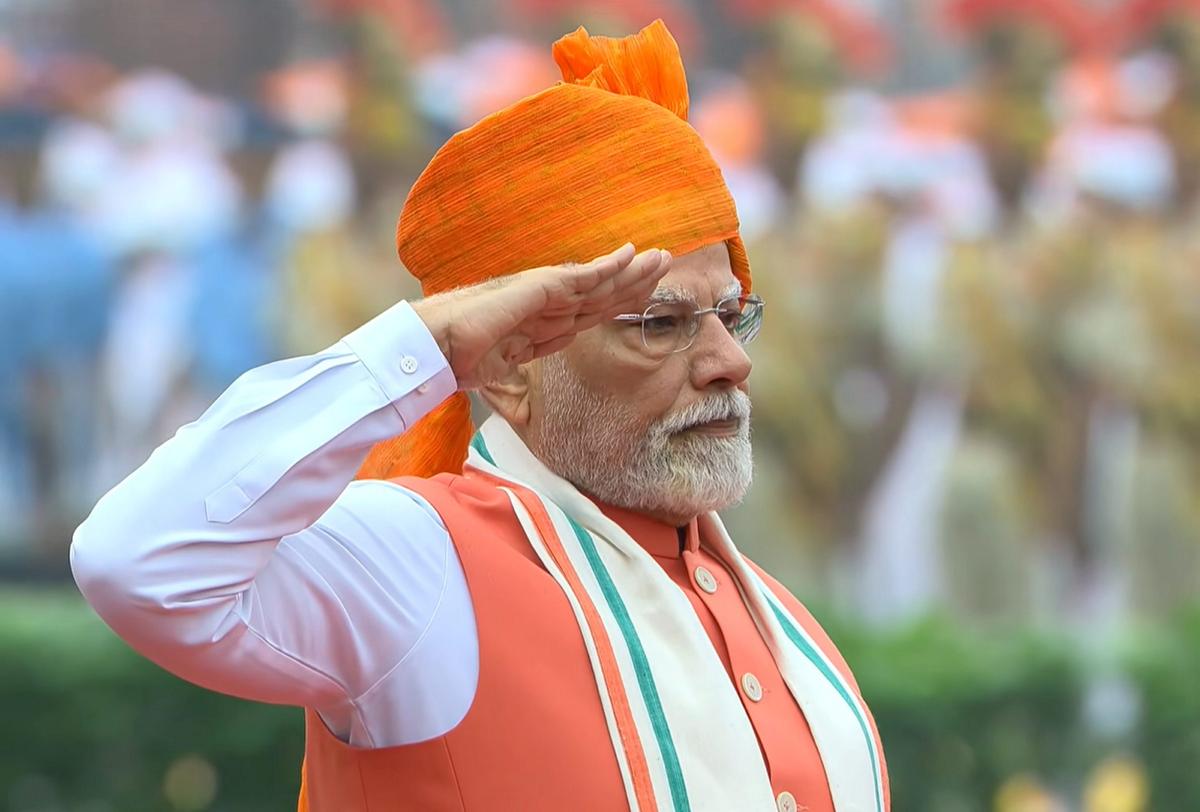
Modi’s reform agenda is designed to chart a clear path toward India’s ambitious goal of becoming a $10 trillion economy by the year 2047, coinciding with the centenary of India’s independence. This vision of long-term growth is closely linked to the idea of aatmanirbhar or self-reliance, a term the Prime Minister has emphasized consistently over the years. The reforms announced aim to create an environment conducive to enterprise, to enhance national security in sensitive regions, and to foster social cohesion by addressing demographic concerns—all while reaffirming India’s commitment to democratic values and constitutional principles.
One of the most significant features of the speech was the announcement of a High-Powered Task Force tasked with reviewing and reforming India’s regulatory landscape. This task force aims to streamline complex, often outdated laws that can impede the ease of doing business. The intention is to boost economic activity, particularly among micro, small, and medium enterprises (MSMEs), startups, and traditional cottage industries, which are crucial engines for job creation and wealth generation in the country. These reforms also include plans to rationalize the Goods and Services Tax (GST), aiming to simplify taxation and reduce costs for both producers and consumers, thus potentially invigorating internal demand and stimulating economic growth.
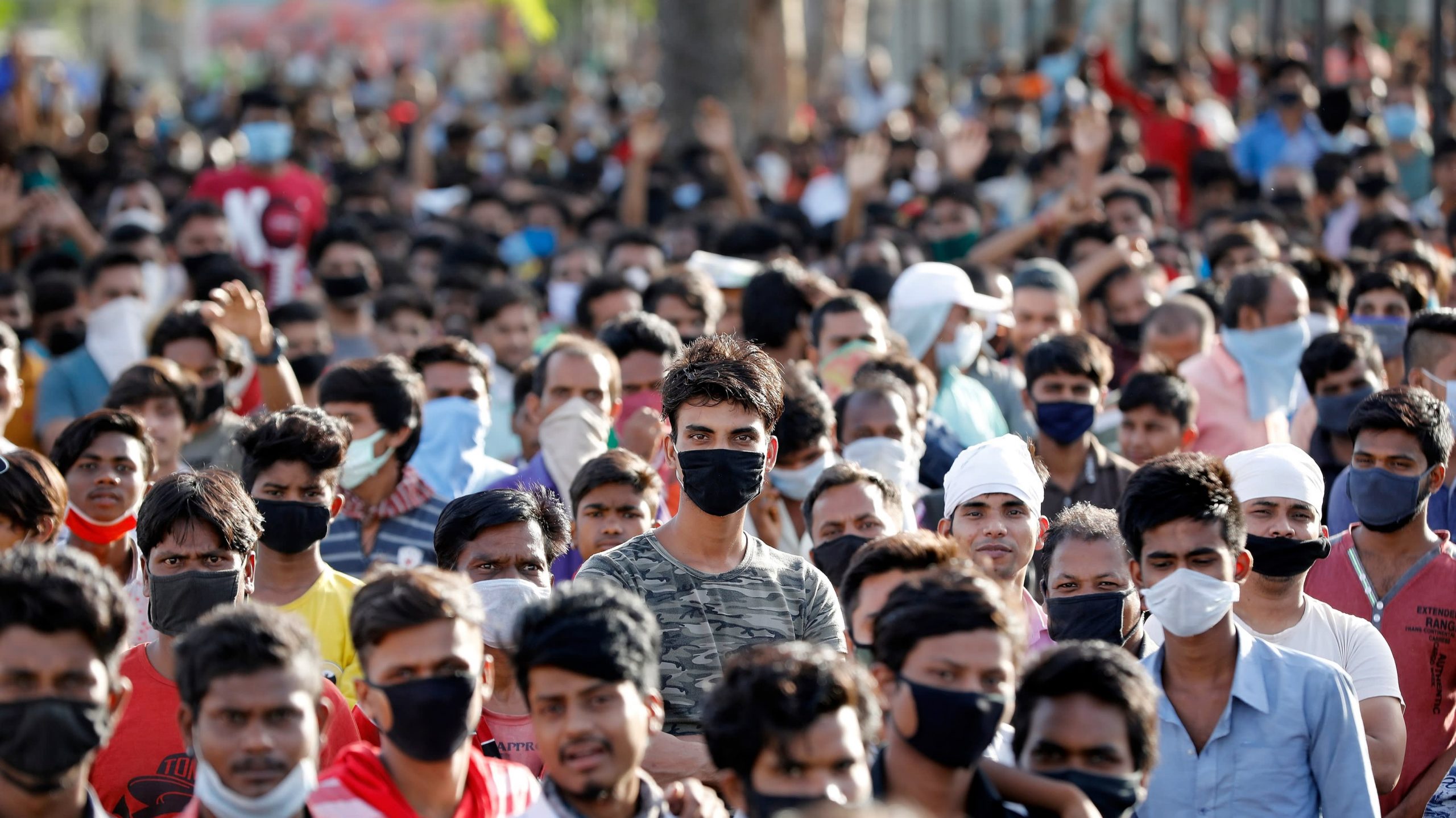
Alongside these economic measures, job creation remains a key priority given India’s young and growing workforce. The government outlined a ₹1 lakh crore employment scheme called the PM Viksit Bharat Rozgar Yojana, through which three million youth are expected to receive a monthly stipend of ₹15,000. This initiative not only aims to provide immediate financial support but also focuses on nurturing skills and increasing employability, essential for harnessing India's demographic dividend and ensuring that the vast pool of working-age citizens can contribute productively to the economy.
The Prime Minister’s speech also foregrounded concerns related to national security and demographic balance, topics that are increasingly central to India’s political discourse. Modi announced the establishment of a Demography Mission to address challenges arising from illegal immigration and demographic shifts, particularly in border states. The government framed this mission as a necessary step to protect India’s territorial integrity and social fabric, citing infiltration as a threat to local communities' livelihoods and to national unity. These measures reflect ongoing debates across political lines in India related to migration, citizenship, and the integration of diverse communities within the country’s border regions.
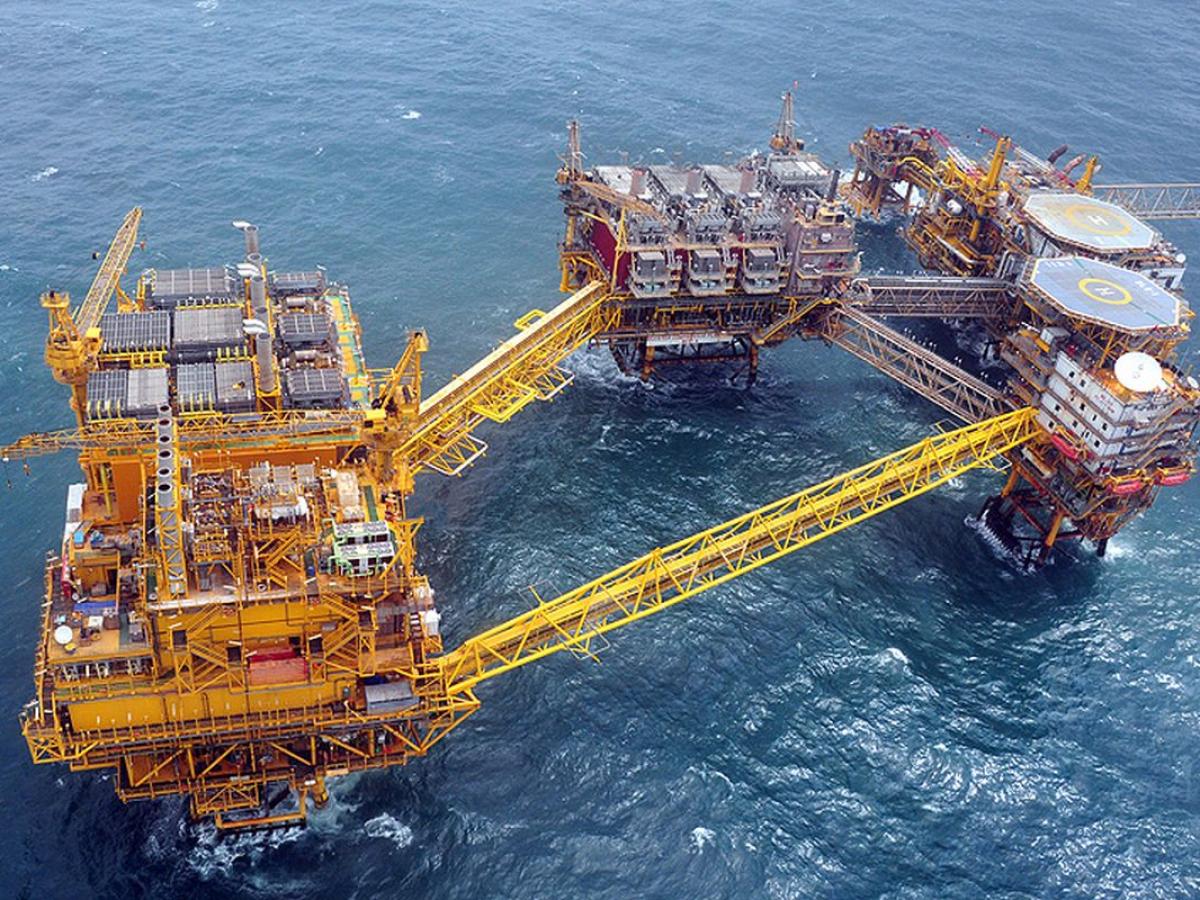
Energy security and technological self-reliance were highlighted through initiatives like the National Deepwater Exploration Mission, focusing on tapping unexplored oceanic resources, as well as greater investments in renewable energy sources such as solar, hydrogen, hydro, and nuclear power. These sectors are seen as vital for India’s energy independence, reducing its reliance on fossil fuel imports, and transitioning toward a cleaner and more sustainable energy future. Strengthening technological capabilities in critical areas also aligns with India’s desire to assert itself as a strategic player in global technology and defense sectors.
The speech also reinforced governance priorities, emphasizing simplification of regulations and inclusivity. Modi expressed appreciation for the ongoing social and nation-building roles of organizations such as the Rashtriya Swayamsevak Sangh (RSS), which have historically played a part in India’s social mobilization and political culture. This acknowledgment came amid ongoing discussions about the evolving ideological context in which the ruling party operates, as well as debates about nationalism, secularism, and pluralism in India's democratic framework.
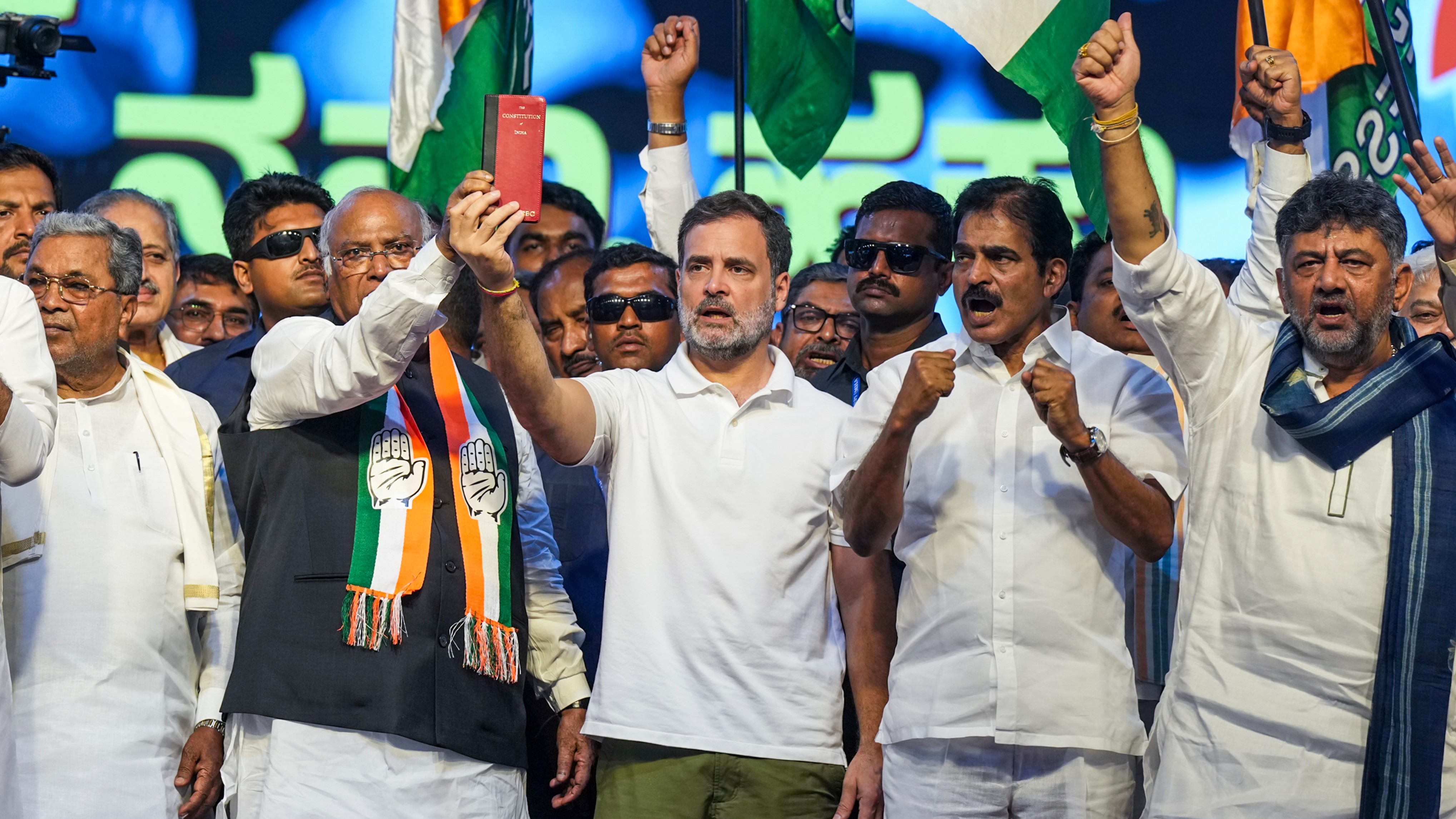
Politically, the reforms must be viewed against the backdrop of a vibrant and competitive democracy where the ruling Bharatiya Janata Party (BJP) faces a complex "India Bloc" of opposition parties and regional coalitions. These groups challenge the government’s policies and governance, often mobilizing around issues such as economic disparity, social justice, and regional autonomy. Modi’s approach combines economic incentives with national security and cultural messaging, seeking to maintain broad-based support amid this multifaceted political contest.
The timing and content of these reforms also suggest a strategy to consolidate electoral advantages ahead of upcoming state elections, where political coalitions and voter dynamics could shift regional power balances. By focusing on employment, fostering entrepreneurship, and emphasizing demographic security, the government aims to address some of the most pressing concerns among voters while reinforcing narratives around nationhood and self-sufficiency.
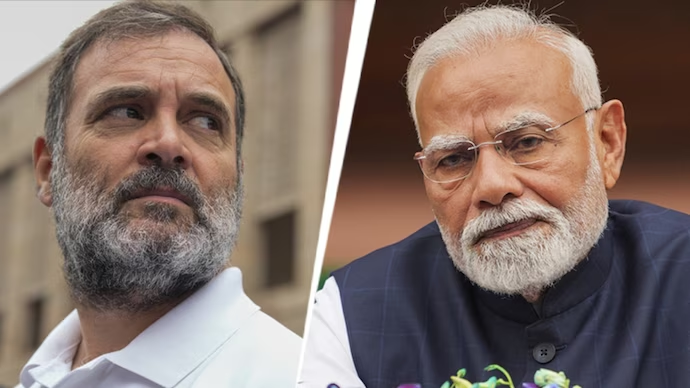
In summary, the 2025 Independence Day address articulated a comprehensive vision for India’s future that intersects economic, social, and political dimensions. The outlined reforms aim to unlock India’s growth potential by reducing regulatory bottlenecks and expanding job opportunities for its youth, while also addressing demographic and national security challenges that resonate deeply within the country’s political discourse. Furthermore, the emphasis on energy and technological independence signals the government’s recognition of global uncertainties and the need for a resilient and sustainable growth model.
While the success of these initiatives will depend on effective implementation and broad political engagement, the speech underscored the government’s intent to be a proactive driver of India’s transformation. It reflects the complexities inherent in managing a large and diverse democracy—balancing the aspirations of a rapidly developing nation with the need to maintain social cohesion and political stability. As India advances toward its vision for 2047, the reforms introduced in this speech could play a pivotal role in shaping the country’s economic and political landscape for decades to come.
With inputs from agencies
Image Source: Multiple agencies
© Copyright 2025. All Rights Reserved. Powered by Vygr Media.

